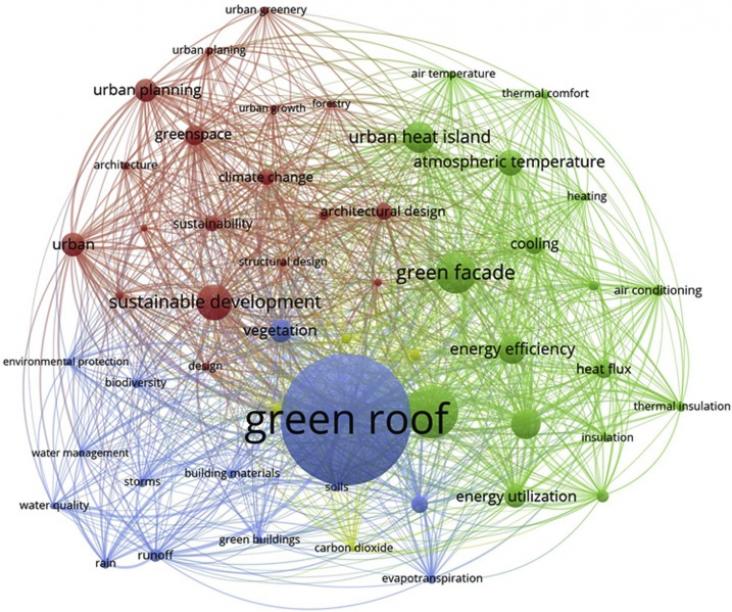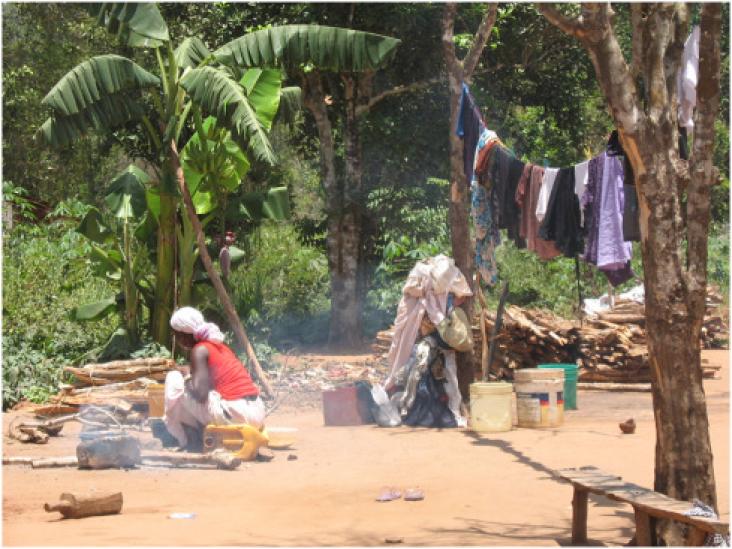This article supports SDGs 7, 9 and 11 by utilizing solar photovoltaic, wind energy, solar thermal energy, and battery energy storage, and the special emphasis is placed on the schedulable value of concentrated solar power generation to provide more economical and environmentally friendly energy supply, while integrating multiple renewable energy technologies through artificial intelligence technology to shape the future of cities.

This study presents a critical review analysis of greenery systems research through a bibliometric approach.
Mitigating global warming is the responsibility of all countries. Moreso, the role of forests in sequestrating carbon is very crucial.
A Research Paper on obesity, in the context of SDGs 3, 9, and 11, focusing specifically on the role of multi-level and multi-component interventions addressing healthy nutrition, physical activity, and education to mitigate the rising epidemic.

Building and Environment will host a series of free webinars on COVID-19 Control. The second webinar of the series will feature 2 presentations from experts in the field on the following topics: COVID-19 and indoor and outdoor sports, presented by Bert Blocken, Professor of Civil Engineering, Eindhoven University of Technology, the Netherlands & KU Leuven, Belgium. Efficient reduction of airborne transmission by advanced ventilation, presented by Arsen K. Melikov, Professor of Ventilation and Air Distribution, Technical University of Denmark, Denmark.
Elsevier,
Hybrid Nuclear Energy Systems, A Sustainable Solution for the 21st Century, Hybrid Energy Systems, 2021, Pages 23-41
This book chapter advances SDG 7 and 11 by discussing the uses of hybrid energy systems, contrasting and ranking the application capabilities of major reactor and power plant types.
Elsevier,
Barefoot Global Health Diplomacy, Field Experiences in International Relations, Security, and Epidemics, 2021, Pages 51-73

Local capacity gives locals the strategic, diplomatic skills they need: capacity and understanding are not necessarily only amongst doctors and politicians, but also amongst community leaders, villagers, and patients. To develop that capacity, that understanding, the locals need new skills, new forms of education
Costs and benefits of gender policies in transportation. State of the art of quantitative approaches
Surveys research on policies to reduce violence against women in transport context. Identifies data gaps and recommends ways to improve policy evaluation.
This chapter advances SDGs 3 and 11 by covering the latest advances in biosensors, which play an innovative role in biomedical applications and improving healthcare. Additionally, the focus is on biosensors derived from natural polysaccharides, i.e. sustainable, bio-based materials.
The article deals with the issue of transport of people with disabilities, specifically by rail. It analyzes the representation of these people from a demographic point of view.
